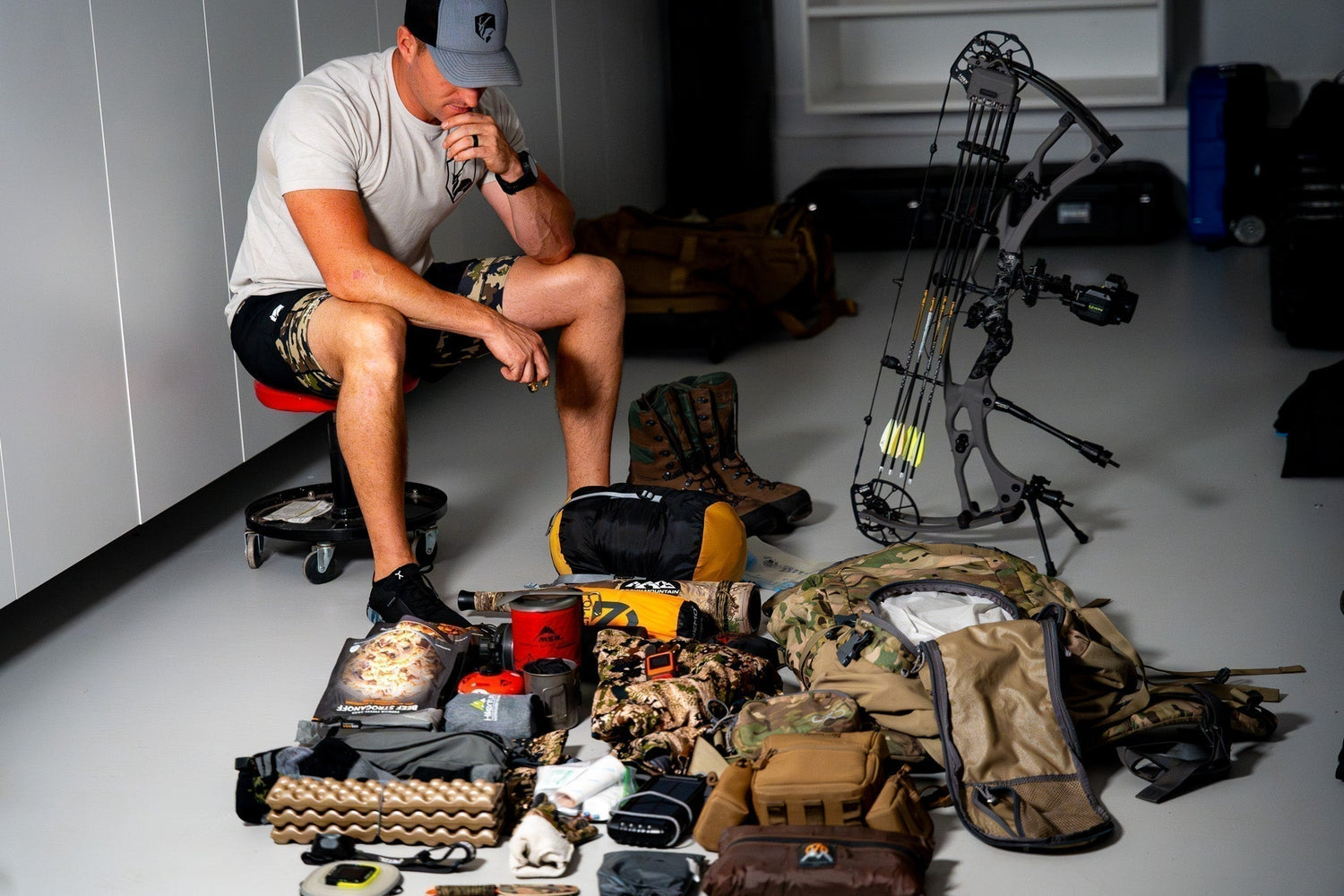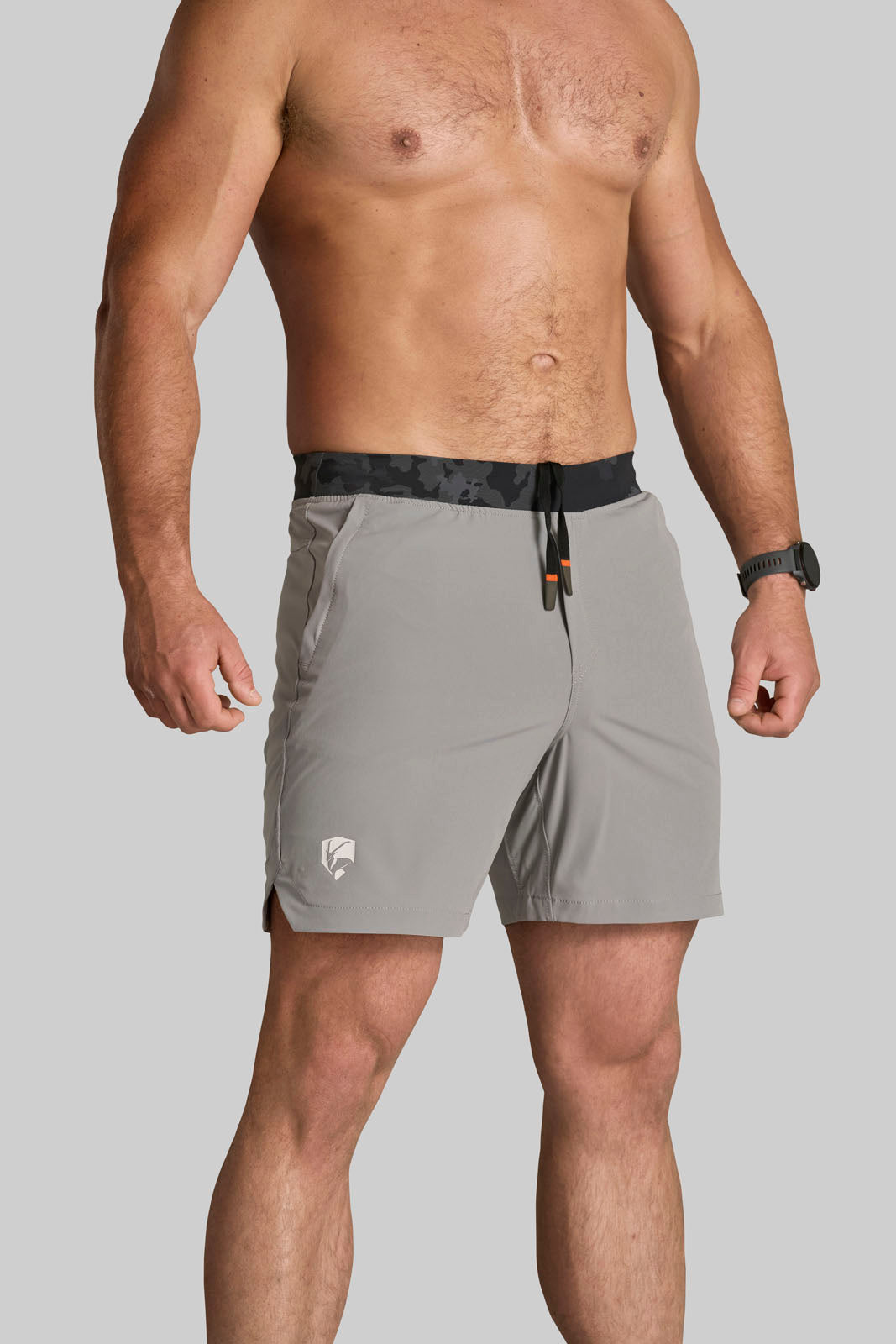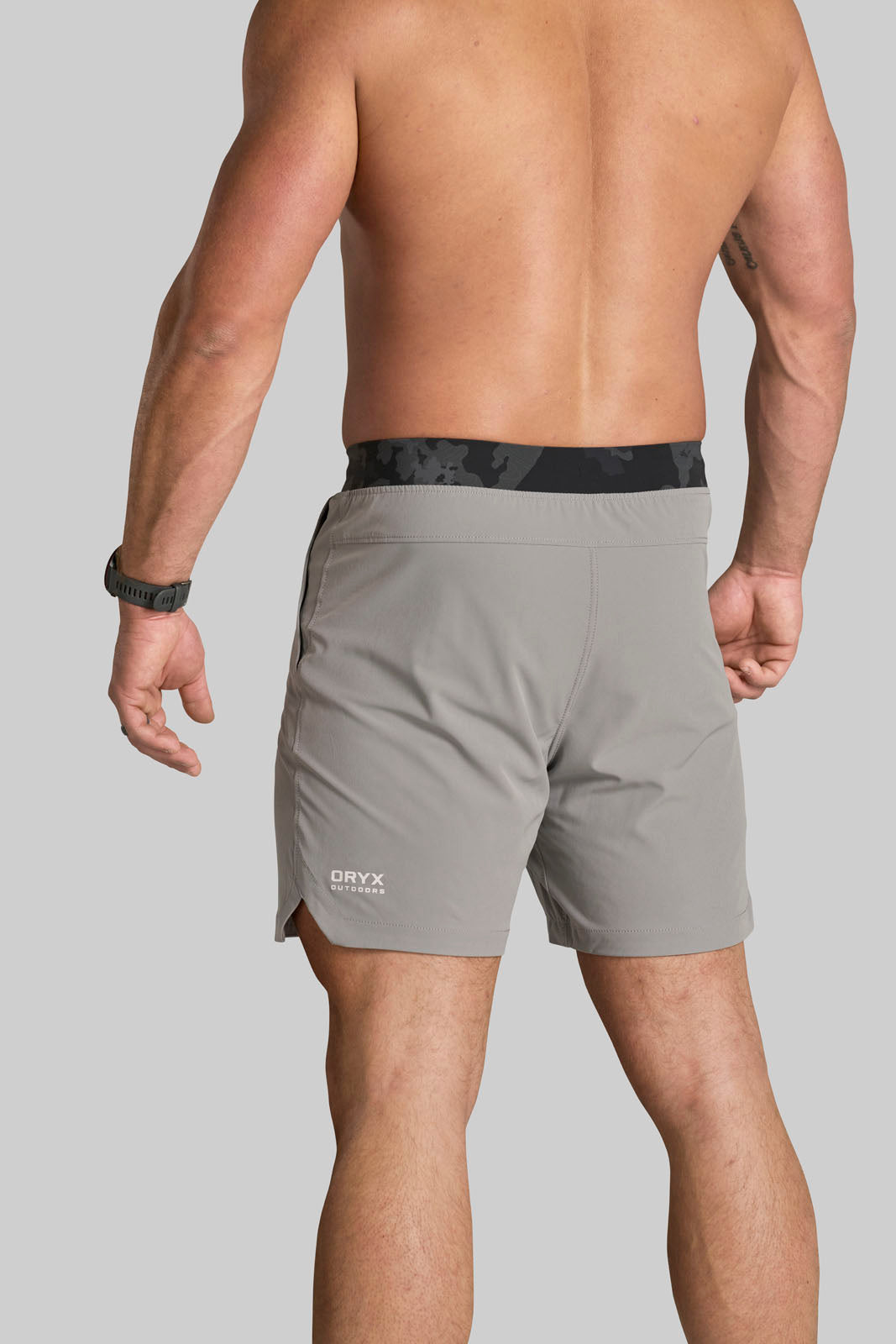The anticipation of fall hunting season builds all summer long. The crisp mornings, golden leaves, and bugling elk or cruising whitetails are what we live for. But far too many hunters wait until the last minute to check their gear—only to find something broken, missing, or unusable. And in the backcountry, that’s a recipe for failure.
1. Boots & Footwear: Protect Your Foundation
Your boots are arguably the most important piece of gear in your entire setup. If your feet fail, the hunt fails.
What to Do:
- Inspect soles for wear, especially around the heel and toe.
- Check stitching on seams and eyelets—small frays turn into major failures on the mountain.
- Recondition leather boots using oil or wax to preserve waterproofing.
- Replace insoles if they’re flattened or losing support.
- If buying new boots, break them in now—on hikes, rucks, or even during yard work. Never wear fresh-out-the-box boots on a multi-day hunt.
2. Packs, Frames & Harnesses: Your Mobile Base Camp
Your pack carries your shelter, weapon, food, and game meat—it needs to function flawlessly.
What to Do:
- Examine seams, straps, buckles, and zippers for signs of wear or dry rot.
- Load it with your full hunting setup and take it on local trails to simulate real conditions.
- Adjust hip belts, shoulder straps, and chest harnesses for comfort under load.
- If using a bino harness, check elastic tension, pouch security, and fit it with the layers you plan to wear during the season.

3. Optics: See the Hunt Before It Happens
Clear glass and dialed optics make a huge difference, especially during low-light periods or long glassing sessions.
What to Do:
- Clean all lenses with a microfiber cloth and lens cleaner.
- Check binocular clarity, rangefinder responsiveness, and spotting scope zoom.
- Verify that scope mounts are tight and properly torqued.
- Head to the range or backcountry and confirm zero on your rifle or bow-mounted sight.
Carrying deadweight due to foggy or broken optics is the worst-case scenario. Get them squared away now.
4. Weapons: Trust Every Shot
Whether you’re carrying a rifle, bow, or muzzleloader, your weapon must be clean, tuned, and ready to perform when it counts.
Rifles:
- Clean your barrel and inspect for rust or pitting.
- Check torque settings on action screws and scope mounts.
- Confirm your scope is holding zero after travel or storage.
- Verify you have enough quality ammunition (and test a few rounds if switching lots).
Bows:
- Inspect strings, cables, and servings for wear or fraying.
- Confirm cam synchronization and that your draw weight feels consistent.
- Test and dial your pins or sight tape.
- Check that arrows are straight, fletchings are intact, and broadheads fly true.
Stock up now on broadheads, target tips, or bow wax—supplies sell out fast in the fall.

5. Clothing & Layering: Dress for Success
You never want to find out your cold-weather jacket is ripped or your base layers don’t fit—when it’s 20°F in the treestand.
What to Do:
- Pull out every piece of hunting apparel and try it on.
- Check for holes, failed zippers, worn seams, or poor fit.
- Organize gear by season and layering system (base, mid, outer, rain, insulation).
- Replace essentials now—especially gloves, socks, and baselayers, which wear out fast.
- Consider upgrading to performance gear for summer rucks and scouting (like our Threshold Shorts and lightweight, sweat-wicking shirts).
If you’ve lost or gained weight, now’s the time to find out—not in elk camp.
6. Emergency & Survival Gear: Prepare for the Worst
When you’re deep in the backcountry or far from your truck, your emergency kit becomes your lifeline.
What to Do:
- Check expiration dates on first-aid supplies, water purifiers, and fire-starting gear.
- Replace batteries in your headlamp, GPS, or satellite communicator.
- Verify your InReach, ZOLEO, or Garmin GPS is functioning and updated.
- Repack items like space blankets, paracord, signal mirrors, and bear spray into a dry bag or waterproof case.
A forgotten or expired first-aid kit could mean the difference between walking out or being airlifted out.
7. Essential Accessories: Small Items, Big Impact
These aren’t flashy, but they make your hunt smoother and cleaner.
Checklist:
- Sharpen all your knives and pack a portable sharpener.
- Replace game bags if they’re torn, stained, or smell like last season’s gut pile.
- Restock scent control items, especially field wipes, sprays, and ozone cartridges.
- Check treestand straps, climbing sticks, safety harnesses, and carabiners for dry rot or cracking.
Organize these items in labeled bins or pack pouches so they’re ready to grab and go.
8. Practice with Your Full Kit
One of the most overlooked parts of preparation is actually testing your full load. Don’t just weigh your pack—wear it.
What to Do:
- Load your pack with all your gear—including water, optics, weapon, and food.
- Take it on a 5–8 mile ruck over terrain that mimics your hunting area.
- Adjust straps, chest clips, and load lifters to minimize hotspots or rubbing.
- Practice shooting (rifle or bow) with your pack on, simulating real hunting conditions.
This is how you find out what works and what doesn’t—before it costs you a tag.
Keep a Gear Log
After every season, jot down what you used, what you didn’t, and what failed. Include any gear you wished you had.
Use a spreadsheet, a notes app, or an old-school notebook. Then, refer to it during summer prep so you're not guessing.
This log becomes gold over the years—it helps you dial in your loadout, avoid repeat mistakes, and hunt more efficiently.
Don’t Wait Until It’s Too Late
Being prepared isn’t just about avoiding frustration—it’s about increasing your odds of success. When your gear is dialed, your confidence goes up. And when you’re confident, you make better decisions, hunt harder, and stay in the field longer.
Start now. Fix, test, and train with the gear you’ll rely on when the hunt is real. When the air turns crisp and the woods come alive, you’ll be ready—not just to show up, but to succeed.








